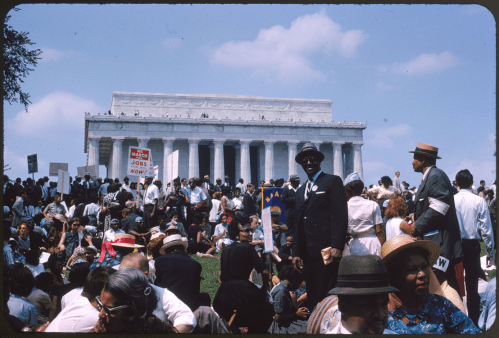Iraq has improved dramatically across almost all fronts in the last year, but largely still unaddressed is the plight of those displaced by violence. Counting those displaced during the Saddam years, current estimates are that more than 2 million Iraqis are refugees abroad and about 2.8 million are displaced internally.
While the huge displacements of 2005 and 2006 – when up to 100,000 a month were being forcibly removed or intimidated out of their homes – have ended, net returns in Iraq are still minimal.
Those thinking that Iraq is nearly stable need to remember these 4.8 million people, almost 20 percent of the total population. Research by scholars like Walter Kälin, representative of the U.N. secretary-general on the human rights of IDPs, shows that one way civil wars reignite is when displaced populations try to return home – and find squatters occupying their properties. Moreover, since roughly half of Iraq’s intermixed prewar population continues to live in areas where several sectarian groups are found, any tension caused by such attempted returns could lead to a new wave of sectarian and ethnic violence that worsens the overall problem.
Under international law, solutions for both refugees and internally displaced include the right to return voluntarily to one’s place of origin.
But the laws and procedures to restore homes and property are the responsibility of national authorities. Iraq’s property laws are complex and the process of adjudicating property claims is lengthy. In fact, the commission set up in 2003 will take years – or even decades – to resolve property disputes from the Saddam era at its current pace.
While Iraqi statutes favor returning homes to their original owners, the situation is complicated by legal provisions on tenancy rights, abandonment of property and registration of land transactions, necessitating laborious legal procedures to resolve any given case.
Iraq’s court systems are simply not up to the job, in terms of their capacity or their perceived fairness among the Iraqi population, of adjudicating countless claims. Creating new administrative procedures for resolving property disputes and strengthening the capacity of relevant Iraqi ministries will therefore be essential to make return possible.
Even when a property decision is clear and accepted, it will have to be enforced – a job Iraqi police should carry out as much as possible, but a job they cannot presently handle impartially enough on their own. U.S. troops will thus be needed for a significant period for confidence-building, and for backup should any situation get out of control.
Of those who have been displaced, many have been gone so long that they no longer are sure they wish to return home. The International Organization for Migration polled Iraqis at the start of this year and found only 60 percent wished to return home. Many of the remainder still want to live in Iraq but prefer a new location. Returns to areas where displaced would be in the minority have been almost nonexistent to date. And those Iraqis presently living in other countries are even more pessimistic about the possibility they’ll ever be able to go home.
What is needed in this context, apart from strategic patience from Americans who want their troops home now, is a multipronged effort. Iraqis must take the lead, of course, but there are important roles for the international community, and particularly for international legal advisers who have worked on these problems before. The needs include:
- Clear Iraqi law that grants original owners title to their original properties and makes allowances for the extraordinary circumstances under which many left their homes.
- A system for allowing individuals to document their ownership of land and homes even before being able to return.
- An efficient administrative system, separate from the normal courts, that can not only make rulings on disputed properties but grant compensation to those whose property has been destroyed or to those original owners who feel unsafe in returning.
- Compensation to those “squatters” – including those displaced from elsewhere – who peacefully evacuate homes they do not own. The government’s expected surplus of up to $50 billion this year should ease that process and make this a good time to introduce the policy.
- A robust registration system, perhaps using biometric indicators, to ensure no one abuses the system by seeking multiple payments.
- Efforts to license private Iraqi construction firms that can build the homes that will be needed – and that Iraqis will be able to afford – once the new compensation system is established
This approach would have the added benefit of reducing Iraq’s unemployment rate and sparking the private sector at a time when Iraq’s economy, while flush with petrodollars, continues to have a tough time creating nongovernment jobs. Moreover, it should be of relevance to Kirkuk, where contested ownership of property has long been a major challenge and where many will be displaced as competing claims are adjudicated.
The return of refugees and internally displaced persons may seem like a second-order problem in a country that until recently was in the throes of vigorous civil war. But Iraq has reached a point in its recovery where this type of problem can be addressed. And in fact, on humanitarian as well as strategic grounds, it must be.
The sheer magnitude of the number of people involved should make us leery of treating this as secondary in importance. For the lives of the people involved, and for the future stability of the country, Iraqis and their friends need to address this problem assertively and soon.


Commentary
Op-edIraq’s Displaced Millions
August 21, 2008